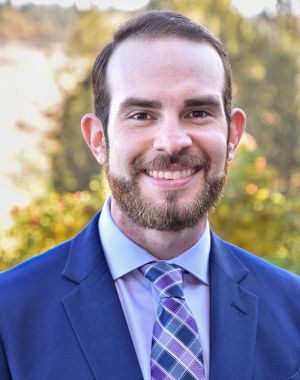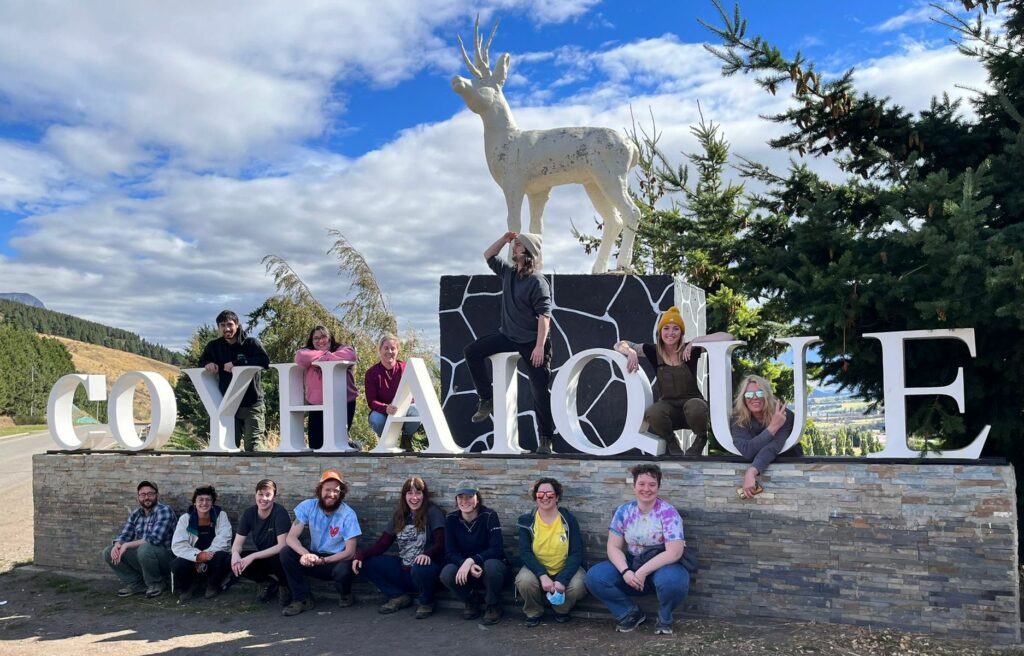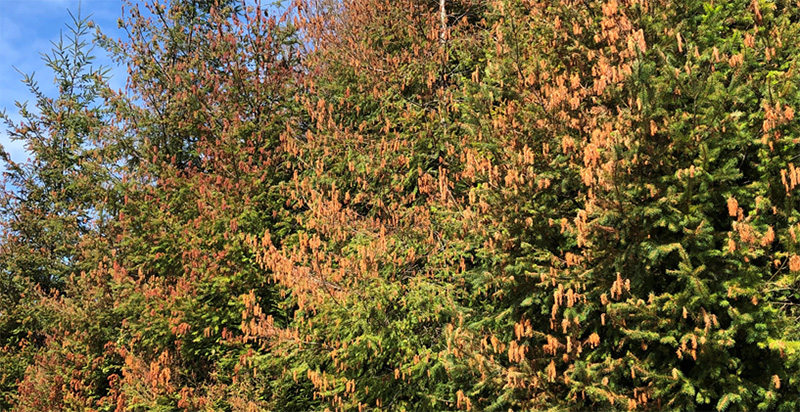
At the virtual 2022 Oregon Society of American Foresters (OSAF) Annual Meeting on April 28, 2022, Jacob Putney received the Forester of the Year Award. This award is given annually to the OSAF member who has been recognized by his or her peers for contributing to both the profession and the public through application of his or her professional skills to the advancement of forestry in Oregon and through public service that benefits his community or some larger segment of society.
“Although Jacob is new to his position in the OSU Forestry & Natural Resources Extension program, he clearly has already stepped up as a leader and collaborator, helping coordinate programs to best meet the needs of the community,” says Lauren Grand, the forestry and natural resources extension agent for Lane County. “He is the team leader for a carbon publication, has hosted numerous podcasts on forest management, and is one of the lead organizers of Tree School Eastern Oregon and Life on the Dry Side.”
A graduate of Oregon State University, Putney is an active OSAF member, serving as secretary and chapter chair for the Blue Mountain Chapter, delegate-at-large for OSAF in 2021, general chair for the 2021 OSAF Annual Meeting, program chair for the OSAF 2022 meeting and is OSAF chair-elect for 2023. He is also on the SAF National Quiz Bowl Committee member.
Additionally, Putney is an associate member of Oregon Small Woodlands Association, secretary for the Northeast Oregon OSWA Chapter, and has been instrumental in reviving, restructuring, and revitalizing the Baker OSWA Chapter. He is an inspector for the American Tree Farm System and co-chair for the Baker Resources Coalition. He participates in several collaboratives including the Blue Mountain Forest Partners, Northern Blues Forest Collaborative and ‘My Blue Mountains Woodland’ partnership. Not to waste a spare moment, Putney is also a volunteer firefighter for the Baker Rural Fire Protection District.
OSAF and its 15 local chapters represent all segments the forestry profession within the state. The society includes public and private practitioners, researchers, administrators, educators, and forestry students. Its mission is to advance the science, education, technology, and practice of forestry; to enhance the competency of its members; to establish professional excellence; and to use the knowledge, skills, and conservation ethics of the profession to ensure the continued health and use of forest ecosystems and the present and future availability of forest resources to benefit society.








